In the realm of aviation, every decision takes flight on the wings of careful consideration. Biman Bangladesh Airlines finds itself at the crossroads of choice as it contemplates the expansion of its widebody fleet. With offers from both Airbus and Boeing on the table, the airline is poised for a significant decision that could shape its operations for years to come.
Setting the Stage
Biman Bangladesh Airlines has established a technical committee dedicated to scrutinizing the offers presented by aerospace giants Airbus and Boeing. While Airbus appears to be leading the race, Boeing has not relinquished its hold on the competition. The stakes are high, and the outcome of this deliberation could redefine the airline's trajectory in the global aviation market.
The Players: Airbus vs. Boeing
The Airbus camp has extended an enticing offer, proposing the acquisition of ten A350 aircraft, including two A350 freighters. This offer, backed by the support of the French Embassy, presents a compelling case for Biman Bangladesh Airlines to embrace European engineering prowess.
However, Boeing, ever tenacious, has not conceded defeat. With a pitch centered around its B787 Dreamliner series, Boeing dangles the promise of operational efficiency and cost savings. The US-based manufacturer's proposal of two General Electric-powered B787-10s underscores its determination to remain a formidable contender in Biman's considerations.
Financial Maneuvers and Lobbying Efforts
In the game of aircraft acquisition, financial backing can often tip the scales in favor of one manufacturer over another. Biman Bangladesh Airlines secured funding in May 2023, facilitated by a joint communiqué with the United Kingdom, granting access to funds through the UK Export Finance scheme. This financial maneuver initially seemed to position Airbus as the frontrunner.
However, Boeing swiftly countered, leveraging its lobbying prowess to advocate for its own offerings. With the potential purchase of various B787 variants and freighters, Boeing aims to reclaim its footing in Biman's deliberations, injecting a new layer of complexity into the decision-making process.
Analyzing the Proposals & The Path Forward
The 16-member technical committee, comprising representatives from Biman, the Civil Aviation and Tourism Ministry, and external experts, is tasked with dissecting the intricacies of each proposal. Factors such as delivery timelines, engine specifications, operational efficiency, and long-term maintenance costs weigh heavily on the committee's deliberations.
Despite the intensity of the competition between Airbus and Boeing, Biman Bangladesh Airlines remains steadfast in its commitment to thorough analysis. Managing Director Shafiul Azim affirms that no final decision has been reached, emphasizing the importance of meticulous consideration before charting the airline's course forward.
Looking Ahead & Conclusion
As Biman Bangladesh Airlines navigates the complexities of fleet expansion, the overarching goal remains clear: to bolster revenue streams and enhance connectivity. With aspirations to grow its fleet to 45 aircraft by 2031, the airline stands at a critical juncture in its evolution. The decision between Airbus and Boeing will not only shape its immediate operations but also set the stage for its future trajectory in the dynamic aviation landscape.
In the unfolding saga of Biman Bangladesh Airlines' widebody fleet expansion, the interplay between Airbus and Boeing encapsulates the intricate dance of industry titans vying for supremacy in the skies. As the airline navigates this pivotal decision-making process, the world watches with bated breath, anticipating the outcome that will shape the next chapter in Biman's storied journey.
With Inputs from ch-aviation
Read next
Under the lens of economic restructuring and amid the urgency imposed by the International Monetary Fund (IMF), Pakistan has embarked on a rapid trajectory towards the partial privatization of its national carrier, Pakistan International Airlines (PIA). The recent flurry of developments, including the restructuring of PIA's board and expedited approval of the privatization plan, underscores the country's commitment to meeting IMF mandates in exchange for crucial financial aid.
IMF's Directive and Pakistan's Response
The newly elected Pakistani government, led by Shehbaz Sharif, finds itself navigating the demands of the IMF, particularly regarding the reform and divestment of state-owned enterprises. With the final tranche of a USD 3 billion IMF bailout package looming in April, Pakistan is compelled to expedite its privatization agenda to secure vital funds. Sharif's administration has reaffirmed its dedication to continuing the privatization initiatives initiated by predecessors, signaling a continuity in economic policies despite the change in leadership.
PIA Privatization Blueprint
Central to Pakistan's economic overhaul is the partial privatization of PIA, where the government aims to divest 51% ownership and management rights to a foreign entity. The strategic move is intended to alleviate the burden of PIA's staggering debt and streamline its operations to attract potential investors. Recent cabinet approvals for the establishment of a holding company to manage PIA's debt further reflect the government's commitment to bolstering the airline's appeal in the eyes of prospective buyers.
Challenges and Negotiations
However, the path to PIA's privatization is fraught with challenges. Key among them is securing no-objection certificates from local banks holding substantial portions of PIA's debt. Disputes over interest rates for servicing these debts have emerged as a significant stumbling block, with negotiations ongoing to reach a mutually agreeable resolution. The government's ambitious timeline to conclude the privatization process by June underscores the urgency amidst mounting economic pressures.
IMF Deal and Future Prospects
In parallel, Pakistan has reached a staff-level agreement with the IMF to disburse the remaining USD 1.1 billion, signaling progress in meeting the conditions set forth by the international lender. However, additional financial assistance, potentially amounting to USD 6 billion, hinges on Pakistan's continued commitment to privatizing PIA and implementing broader economic reforms.
Conclusion
As Pakistan navigates the intricate terrain of economic restructuring under IMF scrutiny, the partial privatization of PIA emerges as a pivotal milestone in its quest for financial stability. The government's concerted efforts to fast-track the privatization process underscore its determination to meet IMF mandates and secure crucial funding. However, navigating the complexities of debt restructuring and stakeholder negotiations presents formidable challenges on the road ahead. The outcome of Pakistan's economic pivot, intertwined with PIA's fate, will reverberate across the nation's economic landscape and global financial markets.
With Inputs from ch-aviation
Read next
In a bid to merge, Alaska Airlines and Hawaiian Airlines find themselves navigating through the regulatory maze set by the Department of Justice (DOJ). The agreement reached with the DOJ entails a meticulous process, ensuring compliance with antitrust regulations. As the airlines embark on this journey, the question arises: can their merger withstand the scrutiny of antitrust authorities?
The Merger Agreement & DOJ's Role
Alaska Airlines and Hawaiian Airlines have announced their intention to merge, a move aimed at consolidating their positions in the competitive airline industry. However, the merger is not a simple matter of corporate paperwork. It involves intense scrutiny from regulatory bodies, particularly the Department of Justice, to ensure compliance with antitrust laws.
The Department of Justice plays a pivotal role in evaluating mergers to prevent monopolistic practices that could harm competition and consumers. In this case, Alaska Airlines and Hawaiian Airlines have entered into an agreement with the DOJ, outlining the terms and conditions for proceeding with the merger.
Timing Agreement Details & Antitrust Scrutiny
Central to the agreement is the timing clause, which stipulates that the airlines must refrain from consummating their merger until 90 days after both parties have certified substantial compliance with a second request for antitrust-related information. This provision reflects the DOJ's commitment to thoroughly review the merger's potential impact on competition before granting approval.
Antitrust scrutiny is a rigorous process that involves assessing the merger's potential effects on market competition. The DOJ examines various factors, including market concentration, pricing dynamics, and potential barriers to entry for new competitors. Any concerns raised during this review could prompt further investigation or even legal action to block the merger.
Challenges Ahead & Market Impact
Despite the airlines' optimism about the merger's benefits, challenges lie ahead in navigating the antitrust review process. Alaska Airlines and Hawaiian Airlines must demonstrate that their merger will not unduly restrict competition or harm consumers. This may require divesting certain assets or making other concessions to address antitrust concerns.
The outcome of the DOJ's review will have significant implications for the airline industry and consumers. A successful merger could create a stronger competitor capable of offering expanded routes and services. However, if the merger raises substantial antitrust concerns, it could be blocked or subject to stringent conditions that limit its impact on the market.
Conclusion
As Alaska Airlines and Hawaiian Airlines move forward with their merger plans, the scrutiny of antitrust authorities looms large. The timing agreement with the Department of Justice underscores the complexity of the regulatory process and the need to address any concerns about competition and consumer welfare. Ultimately, the fate of the merger will depend on whether it can withstand the rigorous antitrust scrutiny and emerge as a boon for both airlines and passengers alike.
With Inputs from Reuters
Read next
Mexicana Airlines, Mexico's state-run carrier, finds itself embroiled in a legal battle as a Texas-based company, SAT Aero Holdings, files a lawsuit alleging breaches of contract. The lawsuit, amounting to at least $841 million, highlights the challenges faced by the newly revived airline in its efforts to establish itself in the competitive aviation industry.
The Allegations & Impact on SAT Aero Holdings
SAT Aero Holdings filed a complaint in Manhattan federal court accusing Mexicana Airlines of multiple breaches of contract. The company asserts that Mexicana failed to fulfill its obligations from the outset, including non-payment of aircraft lease deposits, refusal to sign essential documents, and poaching of pilots and crews. Additionally, Mexicana allegedly neglected to obtain necessary licenses for importing and operating aircraft in Mexico.
The alleged breaches by Mexicana Airlines have significantly impeded SAT Aero Holdings' ability to assist the carrier in its operations. This includes hindrances in acquiring aircraft, arranging related insurance, and recruiting and training personnel. The disruption caused by Mexicana's actions has forced SAT Aero Holdings to resort to legal action to seek redress for the damages incurred.
Mexicana's Response, Background and Challenges
Mexico's defense ministry, which oversees Mexicana Airlines, has stated that it lacks information regarding the lawsuit. The airline's management has not yet responded publicly to the allegations made by SAT Aero Holdings. However, Mexicana's initial struggles in acquiring aircraft and obtaining necessary licenses have been acknowledged.
Mexicana Airlines was launched by Mexican President Andres Manuel Lopez Obrador, who aimed to revive the brand of a bankrupt carrier as a cost-effective alternative for travelers. Despite the government's efforts to promote Mexicana as a viable option, the airline faced difficulties in acquiring aircraft and meeting regulatory requirements. These challenges have underscored the complexities involved in revitalizing a defunct airline and competing with established carriers like Aeromexico.
Future Prospects & Conclusion
President Lopez Obrador has expressed plans for Mexicana Airlines to expand its fleet with the acquisition of 20 additional aircraft by October. However, the outcome of the ongoing legal dispute with SAT Aero Holdings could potentially impact the airline's operations and financial stability. Mexicana will need to address the issues raised in the lawsuit and demonstrate its commitment to fulfilling contractual obligations to regain trust and credibility in the aviation market.
The lawsuit against Mexicana Airlines by SAT Aero Holdings sheds light on the challenges faced by the state-run carrier in its endeavor to establish itself in the aviation industry. As the legal proceedings unfold, the outcome will not only affect the parties involved but also have broader implications for Mexicana's reputation and future prospects. Amidst these challenges, Mexicana must navigate carefully to overcome obstacles and emerge as a competitive player in the Mexican aviation market.
With Inputs from Reuters
Read next
Which Aircraft Will Rule the Skies: Airbus A350F or Boeing 777-8F? Emirates Weighs Options
Abhishek Nayar
29 Mar 2024
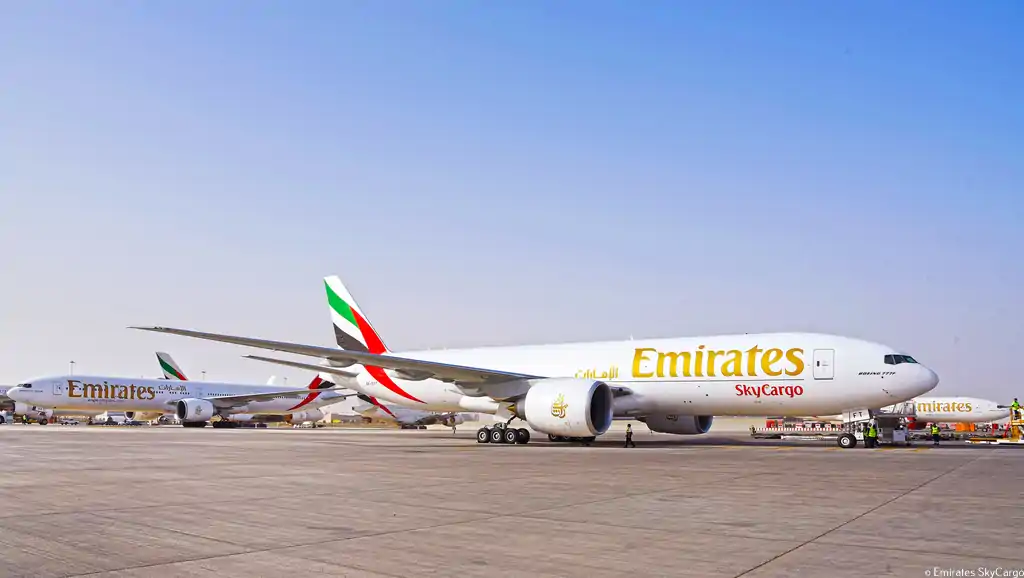
The skies are evolving, and with it, the demands of air cargo transportation are shifting. Emirates, the renowned Dubai-based airline, along with its dedicated airfreight division Emirates SkyCargo, is on the brink of a significant decision: selecting the aircraft that will shape its future fleet development. With the Airbus A350F and Boeing’s 777-8F emerging as front-runners, the airline faces a pivotal choice that will define its operations for years to come.
Evaluating the Contenders & Current Fleet Dynamics
Emirates is meticulously evaluating the Airbus A350F and Boeing 777-8F against a set of stringent criteria tailored to its evolving needs. The emphasis is on acquiring a long-haul, heavy-duty freighter capable of shouldering loads ranging from 110 to 120 tons. This strategic move aligns with Emirates' vision of bolstering its main-deck capacity to complement its existing fleet of Boeing 777-300Fs and repurposed passenger 777-300ERs.
Despite challenges such as delays in engine supply chains, Emirates remains steadfast in its commitment to fleet enhancement. The airline anticipates the arrival of five new 777Fs, slated to replace aging units currently on lease from DAE Capital. This move underscores Emirates' resilience amid market fluctuations, as it navigates through the aftermath of the global pandemic.
Conversion Endeavors & Regional Dynamics
Emirates is not only eyeing new acquisitions but also pursuing strategic conversions to optimize its fleet. The airline is poised to embark on a transformation journey, converting ten passenger 777-300ERs into dedicated freighter configurations. This collaboration with Israel Aircraft Industries signifies Emirates' proactive approach in adapting to industry demands, enhancing cargo capabilities, and future-proofing its operations.
While Emirates deliberates on its future freighter investments, neighboring airlines have already made decisive moves. Etihad Airways and Qatar Airways have committed to next-generation widebody freighters, with Etihad opting for Airbus A350Fs and Qatar Airways securing its position as the launch customer for Boeing 777-8F.
Conclusion
In the dynamic landscape of air cargo transportation, Emirates stands at a crossroads, poised to shape the future of its freighter operations. With the Airbus A350F and Boeing 777-8F vying for supremacy, the airline's decision holds immense significance, not only in terms of fleet expansion but also in reinforcing its position as a global leader in airfreight logistics. As Emirates navigates through this critical juncture, the aviation industry awaits with bated breath to witness which aircraft will ascend to dominate the skies.
In a world where air cargo demand continues to soar, the question remains: Which next-generation freighter will dominate the skies?
Read next
Israel Aerospace Industries (IAI) has opened AeroSpace Services India (ASI), its Indian subsidiary in New Delhi.
"The opening of ASI is a strong demonstration of IAI's strong collaboration with the Indian government’s 'Atmanirbhar Bharat'- MAKE IN INDIA vision. This also shows the commitment to the strong partnership between IAI and DRDO in developing and supporting advanced systems for the Indian armed forces," the firm said in a statement.
ASI trades in Indian Rupees and is the sole authorized OEM’s Technical Representative for the entire Medium Range Surface-to-Air Missile (MRSAM) system. MRSAM is an advanced and innovative air and missile defense system that provides ultimate protection against a variety of aerial platforms. It is used by the Indian army, air force and navy. The system includes an advanced phased array radar, command and control, mobile launchers, and interceptors with advanced RF seeker. MRSAM is jointly developed by IAI and DRDO for the Indian forces.
IAI's President and CEO, Boaz Levy said, “IAI proudly presents ASI as our first major milestone towards India’s ATMANIRBHAR BHARAT vision on self-reliance. INDIA & ISRAEL’s partnership has witnessed state-of-the-art achievement. This growth and development will create history when our two nations will foster IAI’s technology and India’s talent and expertise in the Defence sector. Together we will make Bharat ATMANIRBHAR”
“Over the past 30 years, IAI has worked closely with our Indian partners collaborating on some of the latest technologies. Our new ASI office will allow us to further that commitment,” said Danny Lauber, CEO Aerospace Services India (ASI). “We have a fabulous team of local professionals, and we are working together with our partners in the public and private sectors on the ground,” he added.
ASI has a workforce of approximately 50 employees, with 97% being Indian nationals. Headquartered in Delhi, ASI's strategically located branches extend its services across the entirety of the Indian subcontinent, reaffirming its commitment to nationwide coverage and customer satisfaction.
With its new facilities on the ground, ASI can significantly reduce turnaround times for repairs and service operations, ensuring swift and efficient support to our esteemed customers. Additionally, by operating locally, ASI is committed to reducing the cost of services and repairs, thereby providing tangible benefits to its valued customers.

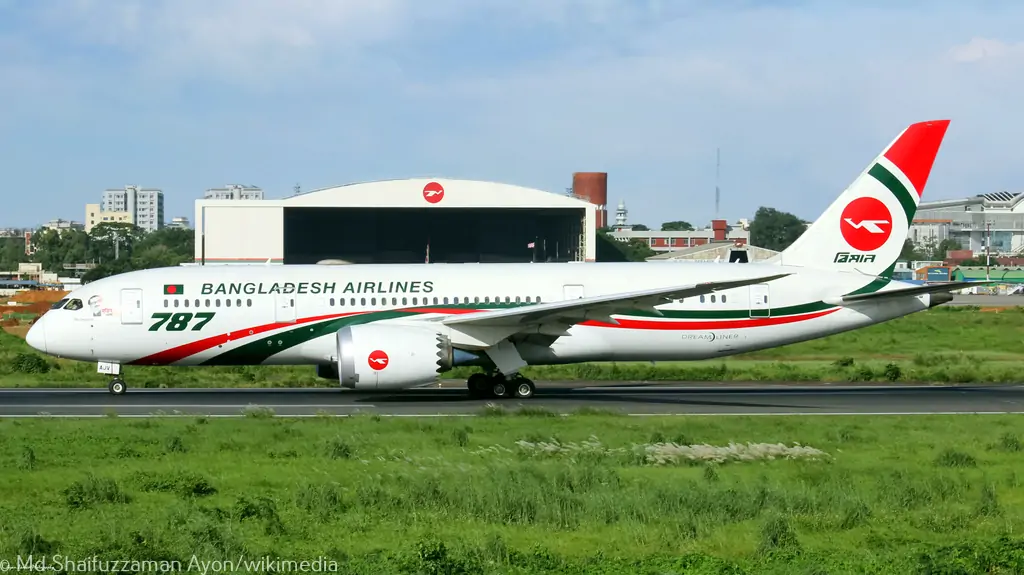
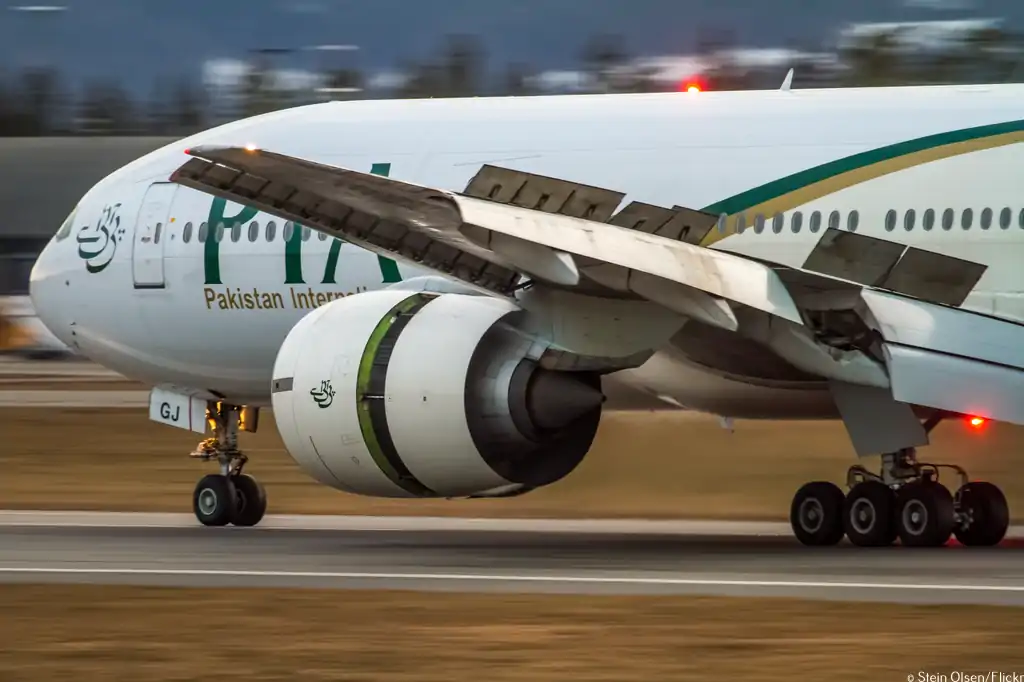
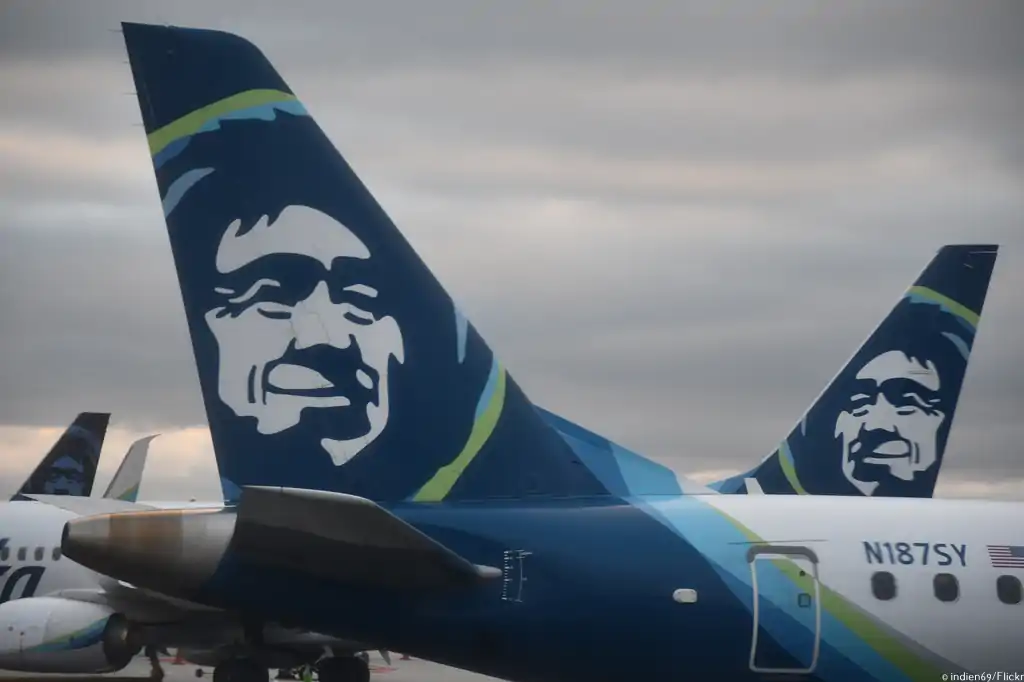
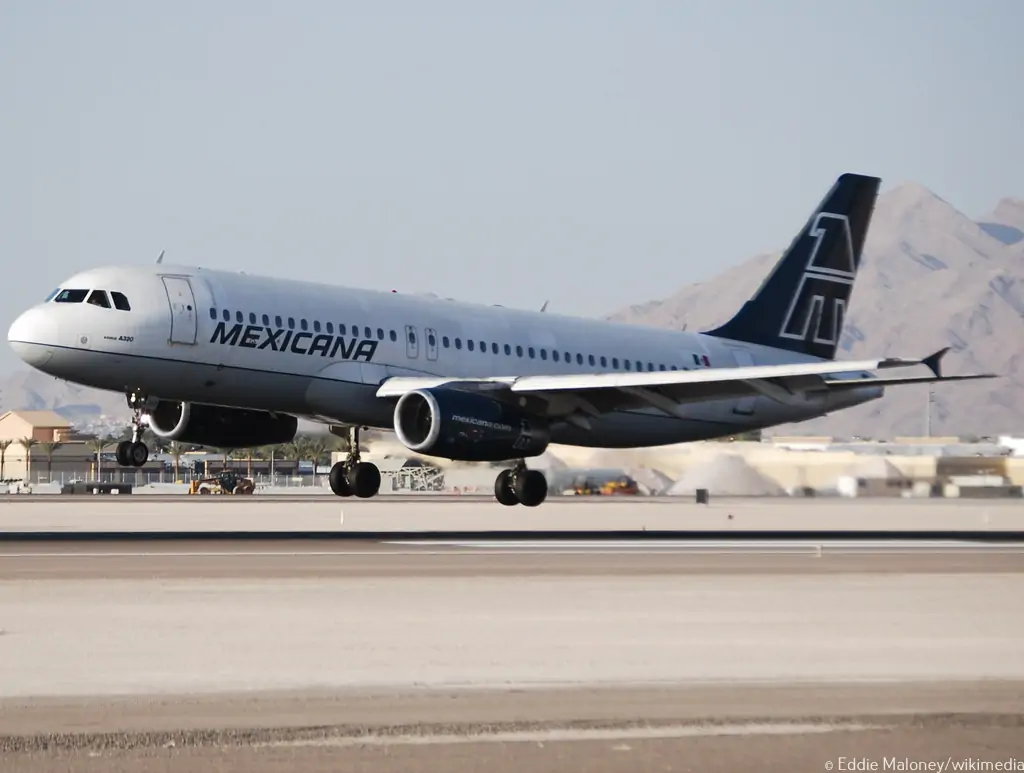


Comment